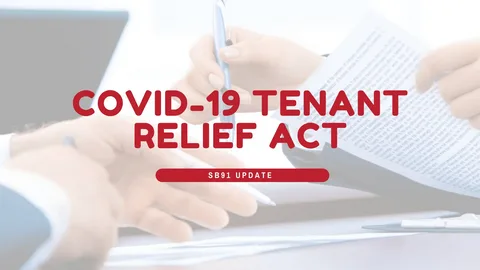The nonprofit sector—where survival often takes precedence over sustained impact—operates under a unique set of constraints. Dependency on government contracts and restricted funding creates structural fragility, perpetuating a survival mindset rather than a results-oriented approach. Here’s how this dependency played out in 2020.
The Reliance on Government Funding
In recent years, government funding has become a mainstay for many nonprofits. Analyses from Candid and Urban Institute show that nearly one-third of U.S. nonprofits rely on government grants, while two-thirds of public charities receive government grants or contracts Candid.
Worse, dependency runs deep: for grantees receiving government support, losing that funding often flips a median 9% operating surplus into a 13% deficit. In every U.S. state, 60–79% of nonprofits would run deficits without government grants Candid.
Fragile Funding in a Crisis Year
The COVID-19 pandemic laid bare the volatile nature of nonprofit funding in 2020:
- 40% of nonprofits reported a loss in total revenue, averaging a 31% decline for those affected Independent Sector.
- Nearly half served fewer people by year-end, and many had to cut programs or services Independent Sector.
- Revenue diversification faltered: while there were some increases in flexible and unrestricted support, capacity-building and multi-year funding remained limited CandidThe Center for Effective Philanthropy.
This reality intensified dependency—it wasn’t just a problem before 2020; the pandemic made one-year grants and reactive funding loops downright existential.
The Structured Trap of Grant Dependency
Grant cycles—especially restricted, single-year funding—lock organizations into a survival mindset rather than enabling strategic planning. It’s no wonder many organizations:
- Prioritize short-term project deliverables over structural improvements.
- Hesitate to invest in staff, systems, or innovation.
- Become overly cautious—adjusting mission to fit funder priorities rather than community needs.
The Decline of Community-Based Giving
Layered onto government dependency is a decline in grassroots financial support. A 2020 report from the Generosity Commission shows:
- A decrease in household giving, particularly affecting small, community-based nonprofits.
- 43% of charitable dollars came from donors giving more than $50,000, intensifying reliance on wealthy individuals Vox.
This concentration weakens local resilience and reinforces a system weighted toward survival—not long-term impact.
Toward a Resilient, Success-Oriented Sector
Reversing dependency means shifting incentives:
- Expand unrestricted, multi-year funding Foundations’ willingness to offer flexible, sustained support—including for core operations—rose slightly during the pandemic The Center for Effective Philanthropy, but more is needed to empower strategic growth.
- Reduce reliance on government contracts Diversify revenue to balance public funding with individual and earned income streams.
- Support infrastructure and capacity building Funders should invest in systems, evaluation tools, staffing, and digital infrastructure to reduce back-end fragility.
- Encourage collaboration instead of competition Reduce duplication and instability by fostering partnerships and regional coordination.
- Promote diversified, equitable giving Strengthen community-based nonprofits by encouraging smaller donations and supporting demographic equity efforts AP News.
A Call to Funders, Leaders, and Philanthropists
If we want nonprofits to truly transform communities, we must stop designing systems that reward survival—and start building ones that demand and support long-term success.
That means reimagining funding beyond narrow, short-term project support. It means investing in diverse, resilient models that give nonprofits the space to fulfill their missions—not just stay afloat.
References
Candid (2023). Demographics via Candid initiative to standardize nonprofit demographic data and reduce hurdles AP News.
Candid & Urban Institute. Government funding is critical: 1/3 nonprofits rely on grants, two-thirds of public charities receive them—and many would face deficits without them Candid.
Independent Sector (2020). 40% of nonprofits lost revenue in 2020; 47% served fewer people; many drew on reserves Independent Sector.
CEP (2021). Increases in flexible/unrestricted funding were modest; capacity-building and multi-year support still rare CandidThe Center for Effective Philanthropy.
Generosity Commission (2024). Donor concentration: 43% of dollars came from gifts over $50,000; grassroots giving declined Vox.




